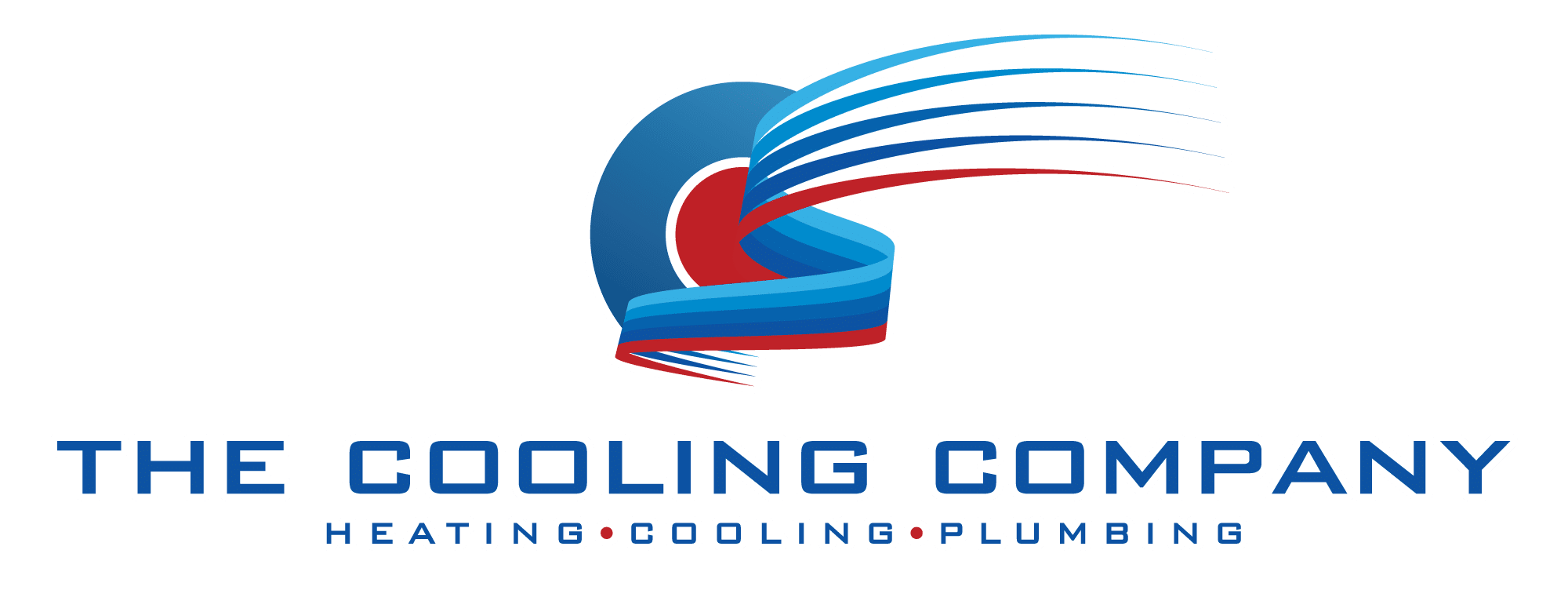Understanding Why Your Heating System Is Leaking Water
Water leaks around a heating system are never normal and should always be taken seriously. According to experts, “Water around your furnace is never normal. If left unchecked, it could lead to a full system failure—or worse, a safety hazard.” This makes it essential to understand the common causes of leaks before attempting any fixes.
One of the most frequent reasons for furnace leaks is a clogged condensate drain line. When this line becomes blocked, water that should be draining away accumulates and spills over, causing visible leaks. Regular maintenance can prevent this issue by ensuring the drain line remains clear and functional. Regular upkeep also helps prevent issues like Short Cycling in Heating Systems, which, while different, often share root causes like airflow and drainage problems. Homeowners should consider scheduling annual inspections to catch potential blockages before they escalate into more serious problems, as well as keeping an eye on the drain line for any signs of moisture or buildup.
Another common culprit is loose plumbing connections. Studies show that these account for approximately 35% of hot water system leak cases, highlighting the importance of inspecting and tightening any fittings or joints connected to your heating system. Understanding these causes helps in diagnosing the problem more effectively and deciding on the best course of action. Additionally, it’s wise to be aware of the age and condition of your heating system, as older units may be more prone to wear and tear, leading to leaks. Regularly checking the integrity of the pipes and connections can save homeowners from costly repairs down the line.
In some instances, the issue may stem from a malfunctioning pressure relief valve. This valve is designed to release excess pressure from the system, and if it fails, it can lead to water leaks. Homeowners should familiarize themselves with the signs of a faulty valve, such as water pooling near the base of the unit or unusual noises coming from the heating system. Promptly addressing these symptoms can prevent further damage and ensure the system operates safely and efficiently. Furthermore, understanding the role of the expansion tank in a closed-loop heating system can also be beneficial, as a failing expansion tank can contribute to pressure imbalances and subsequent leaks.
Step 1: Safety First – Turn Off Your Heating System
Before you start any inspection or repair work, safety should be your top priority. Turn off your heating system completely to prevent any electrical hazards or further water damage. Locate your furnace’s power switch or circuit breaker and switch it off. Additionally, if you notice significant water pooling, consider shutting off the water supply to the unit to minimize further leakage.
Taking these precautions protects both you and your heating system during the troubleshooting process, ensuring a safer environment to work in. It’s also wise to wear appropriate safety gear, such as gloves and goggles, to protect yourself from any sharp edges or debris that may be present around the heating unit. If you’re working in a confined space, ensure that the area is well-ventilated to avoid inhaling any potentially harmful fumes or dust particles that could be stirred up during the inspection.
Furthermore, familiarize yourself with the specific components of your heating system before diving into repairs. Different systems, whether they are gas, electric, or oil-based, may have unique safety features or shutdown procedures. Consulting the user manual can provide valuable insights and guidance tailored to your specific model. If you’re unsure about any aspect of the process or encounter unfamiliar components, don’t hesitate to reach out to a professional technician for assistance. This proactive approach not only enhances your safety but also helps in maintaining the longevity and efficiency of your heating system.
Step 2: Inspect the Condensate Drain Line and Drain Pan
The condensate drain line is often the main source of leaks in modern heating systems, especially those with high-efficiency furnaces. Over time, this drain line can become clogged with dirt, algae, or debris, causing water to back up and leak.
Start by locating the drain line and drain pan beneath your furnace. Check the drain pan for standing water, which indicates that water isn’t draining properly. If you find water, use a wet/dry vacuum or a plumber’s snake to clear any blockages in the drain line. Flushing the line with a mixture of water and vinegar can also help prevent algae buildup and keep the line clear.
Regular maintenance of the condensate drain line is essential. According to a study on furnace leak causes, keeping this line clean is one of the most effective ways to prevent leaks and maintain system efficiency.
In addition to regular inspections, consider installing a condensate pump if your system does not already have one. A condensate pump can help ensure that any excess water is effectively removed from the drain pan, especially in situations where gravity alone cannot facilitate proper drainage. This is particularly important in basements or areas where the furnace is located below the level of the main drainage system. Furthermore, be vigilant about seasonal changes, as fluctuations in temperature can lead to condensation issues that exacerbate drainage problems.
Another proactive measure is to inspect the surrounding area of the drain line for any signs of mold or mildew, which can indicate persistent moisture issues. If you notice these signs, it may be beneficial to consult a professional to assess the situation further. Maintaining a dry environment around your heating system not only helps in preventing leaks but also contributes to better indoor air quality, reducing the risk of respiratory issues associated with mold exposure.
Step 3: Check for Loose or Damaged Plumbing Connections
After addressing the drain line, inspect all plumbing connections related to your heating system. Loose fittings or damaged pipes can allow water to escape and cause leaks around the furnace.
Look for any visible signs of corrosion, cracks, or loose joints. Use a wrench to tighten any loose connections carefully, but avoid overtightening, which could damage fittings. If you notice damaged pipes or fittings, it’s best to replace them promptly to prevent further leaks.
Given that loose plumbing connections are responsible for about 35% of hot water system leaks, this step is critical for resolving many common issues and preventing reoccurring problems. For more detailed insights, Mitchell Plumbing & Gas offers useful information on identifying and fixing these leaks.
In addition to visual inspections, it’s beneficial to conduct a pressure test on your plumbing system. This test can help identify hidden leaks that may not be immediately visible. By monitoring the pressure gauge, you can determine if there are any discrepancies that might indicate a leak somewhere in the system. If the pressure drops unexpectedly, it’s a clear sign that further investigation is needed. Utilizing this method not only saves time but can also prevent costly water damage down the line.
Moreover, consider the age and material of your plumbing system. Older pipes, especially those made of galvanized steel or polybutylene, are more prone to leaks and may require more frequent inspections. Upgrading to modern materials like PEX or copper can enhance the durability of your plumbing connections and reduce the likelihood of leaks. Regular maintenance and timely upgrades can significantly extend the lifespan of your heating system and ensure it operates efficiently.
Step 4: Examine the Furnace’s Humidifier and Heat Exchanger
If your heating system includes a humidifier, it may also be a source of leaks. Check the humidifier’s water lines and reservoir for any cracks or blockages. Leaks here can often be fixed by replacing worn-out seals or tightening connections.
Additionally, inspect the heat exchanger for any signs of cracks or rust. A damaged heat exchanger can cause water leaks and pose serious safety risks, including carbon monoxide leaks. If you suspect damage to this component, it’s best to contact a professional HVAC technician immediately. If your furnace won’t start at all after a suspected exchanger issue, you’ll want to review our guide on Why Your Heating System Won’t Turn On.
Step 5: Clear and Maintain Air Filters and Vents
Although not a direct cause of water leaks, dirty air filters and blocked vents can contribute to furnace inefficiency and condensation buildup. When airflow is restricted, the system may produce excess moisture that can lead to leaks over time.
Replace or clean your air filters regularly—ideally every 1 to 3 months depending on usage—and ensure that vents and registers are unobstructed. This routine maintenance not only helps prevent leaks but also improves indoor air quality and system longevity.
Industry experts emphasize that regular maintenance, including timely filter replacements, is essential for preventing furnace leaks and keeping your system running efficiently.
Step 6: Use Technology for Early Leak Detection
Recent advancements in HVAC technology have introduced smart sensors and remote monitoring systems that provide real-time leak detection and alerts. These systems can detect even minor leaks early, allowing homeowners to address issues before they escalate into costly repairs.
Installing such technology can be a wise investment, especially for those who want peace of mind and proactive control over their heating system’s health. These innovations reduce the risk of water damage and extend the lifespan of your furnace by ensuring timely interventions.
For more on this, HVAC Service Bellevue highlights how sensor technology is changing the game in leak detection and prevention.
Step 7: When to Call a Professional HVAC Technician
While many furnace leaks can be addressed with basic troubleshooting and maintenance, some situations require professional expertise. If you notice persistent leaks despite your efforts, suspect damage to critical components like the heat exchanger, or feel uncomfortable performing repairs yourself, it’s time to call a certified HVAC technician.
Professionals have the tools and knowledge to diagnose complex issues, perform safe repairs, and conduct thorough system inspections. Scheduling an annual service check with a certified technician is highly recommended to keep your heating system in top condition and avoid unexpected breakdowns.
Experts strongly advise regular maintenance visits, as noted by Appliance Mastery, to prevent leaks and ensure safety and efficiency.
Preventative Tips to Avoid Future Furnace Leaks
- Schedule annual maintenance and inspections with a certified HVAC technician.
- Regularly clean or replace air filters to maintain proper airflow.
- Keep the condensate drain line clear by flushing it periodically.
- Inspect plumbing connections for tightness and signs of wear.
- Consider installing smart leak detection sensors for early warnings.
- Ensure proper ventilation around your furnace to reduce moisture buildup.
By following these tips, you can significantly reduce the risk of water leaks and prolong the life of your heating system.
Conclusion
Water leaks in heating systems are a common but serious issue that requires prompt attention. From clogged condensate drain lines to loose plumbing connections, understanding the root causes is key to effective repair. Taking safety precautions, performing regular maintenance, and leveraging modern leak detection technology can save homeowners thousands in repair costs and prevent potential safety hazards.
Remember, while some repairs can be handled on your own, don’t hesitate to call in a professional when needed. Early intervention and routine care are the best strategies to keep your heating system running smoothly and leak-free throughout the colder months.
Keep Your Heating System in Peak Condition with The Cooling Company
Don’t let a leaking heating system disrupt your comfort. The Cooling Company is here to provide you with expert HVAC services in Las Vegas. Our certified technicians are ready to tackle any heating challenges, from routine maintenance to emergency repairs. Ensure your home stays warm and leak-free by scheduling a service with us today. We’re committed to delivering fast, efficient, and reliable solutions for all your heating needs.



